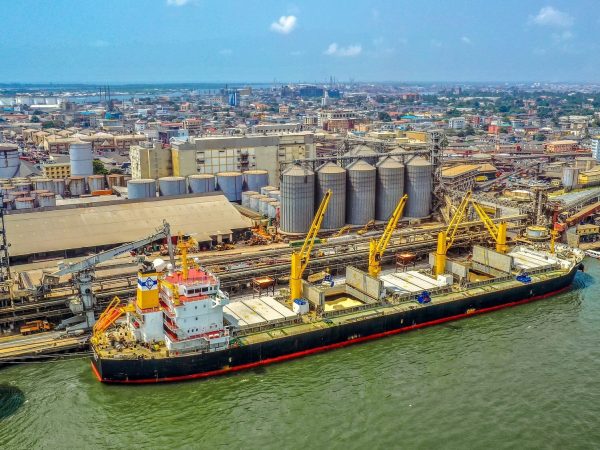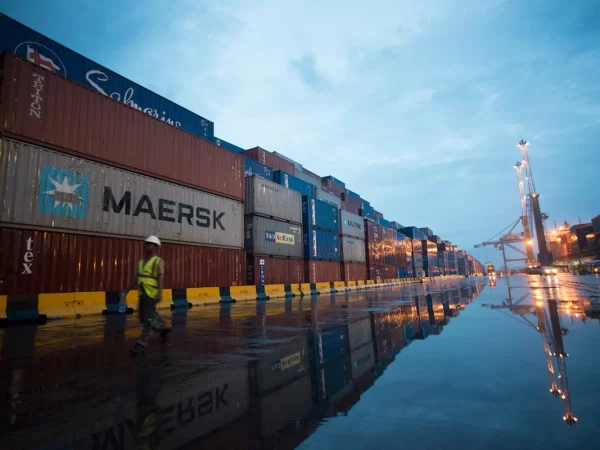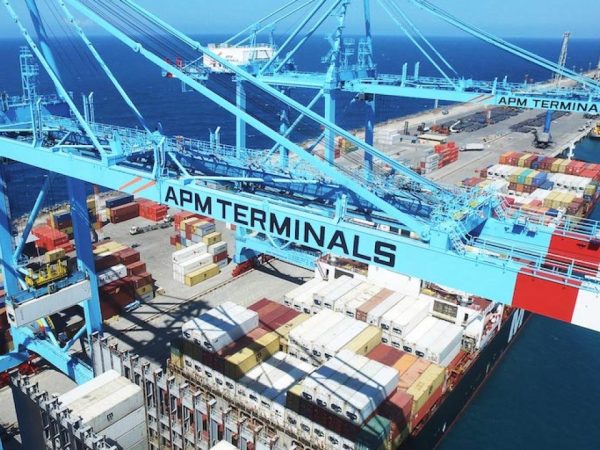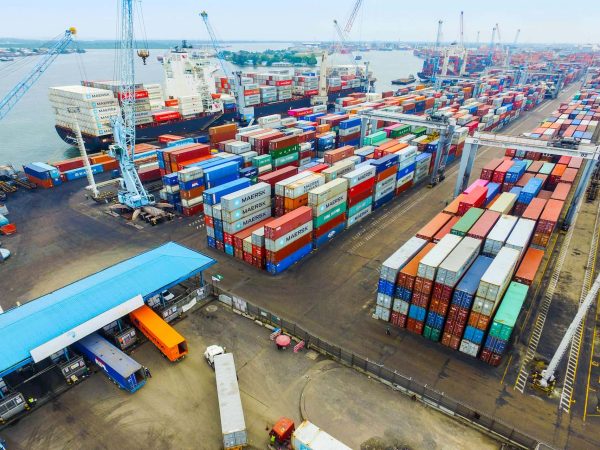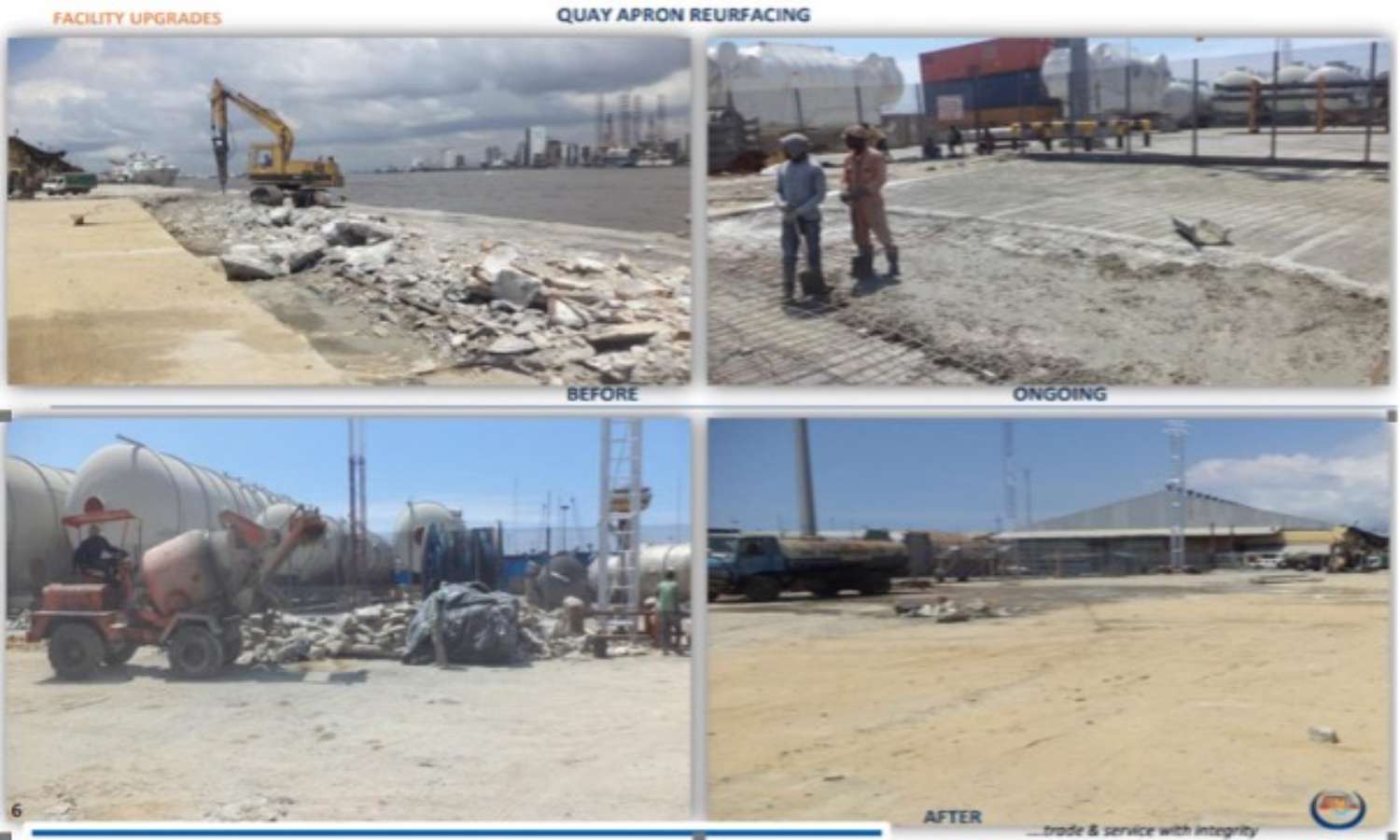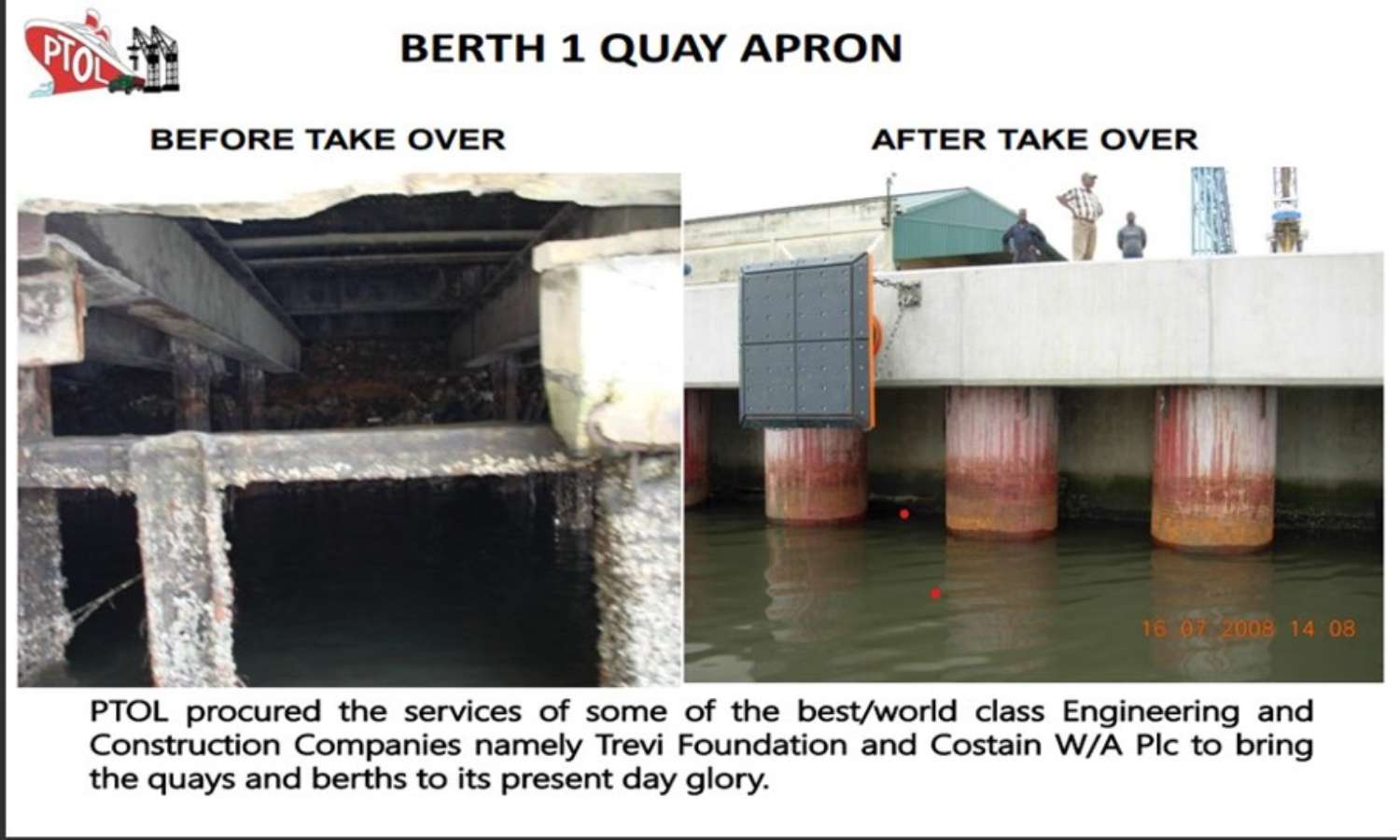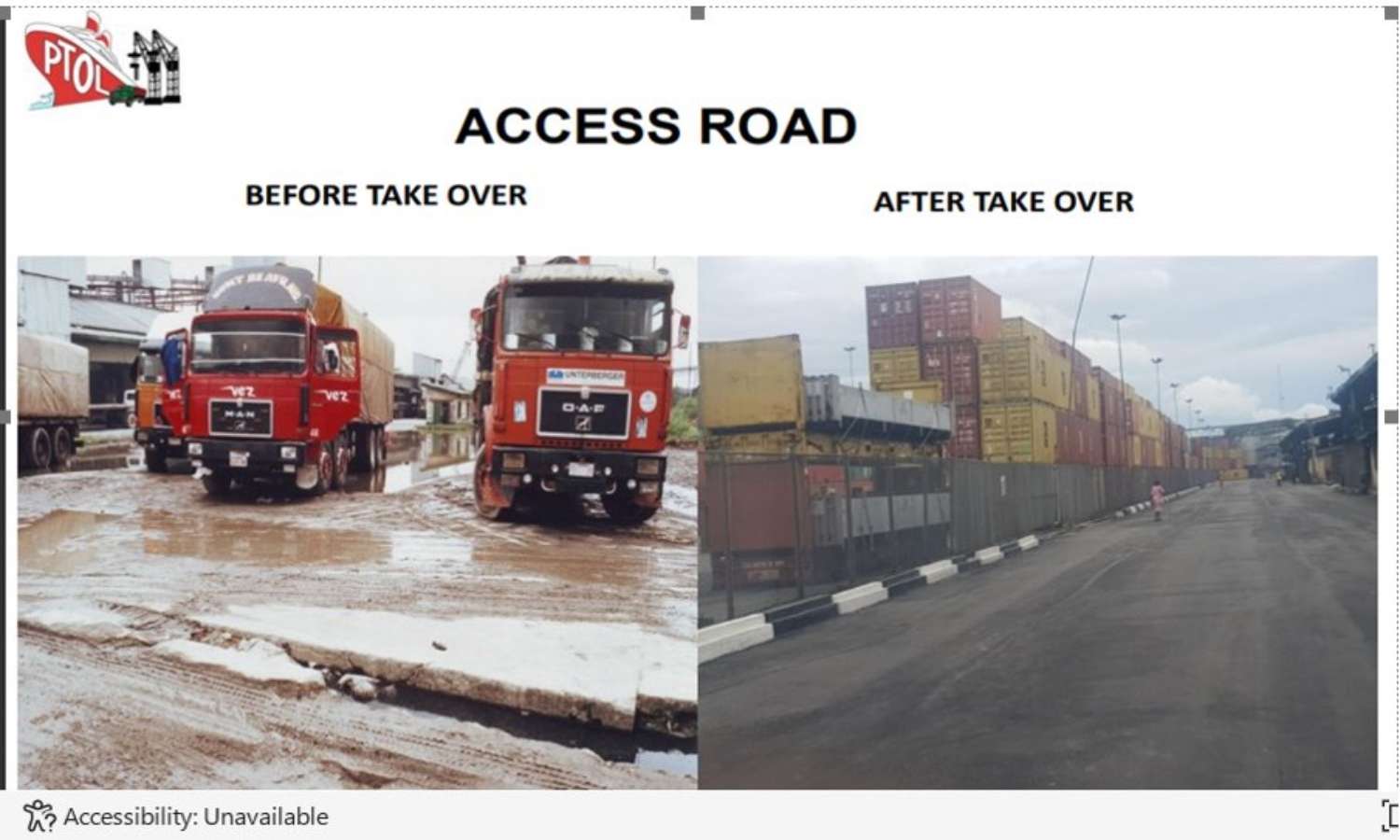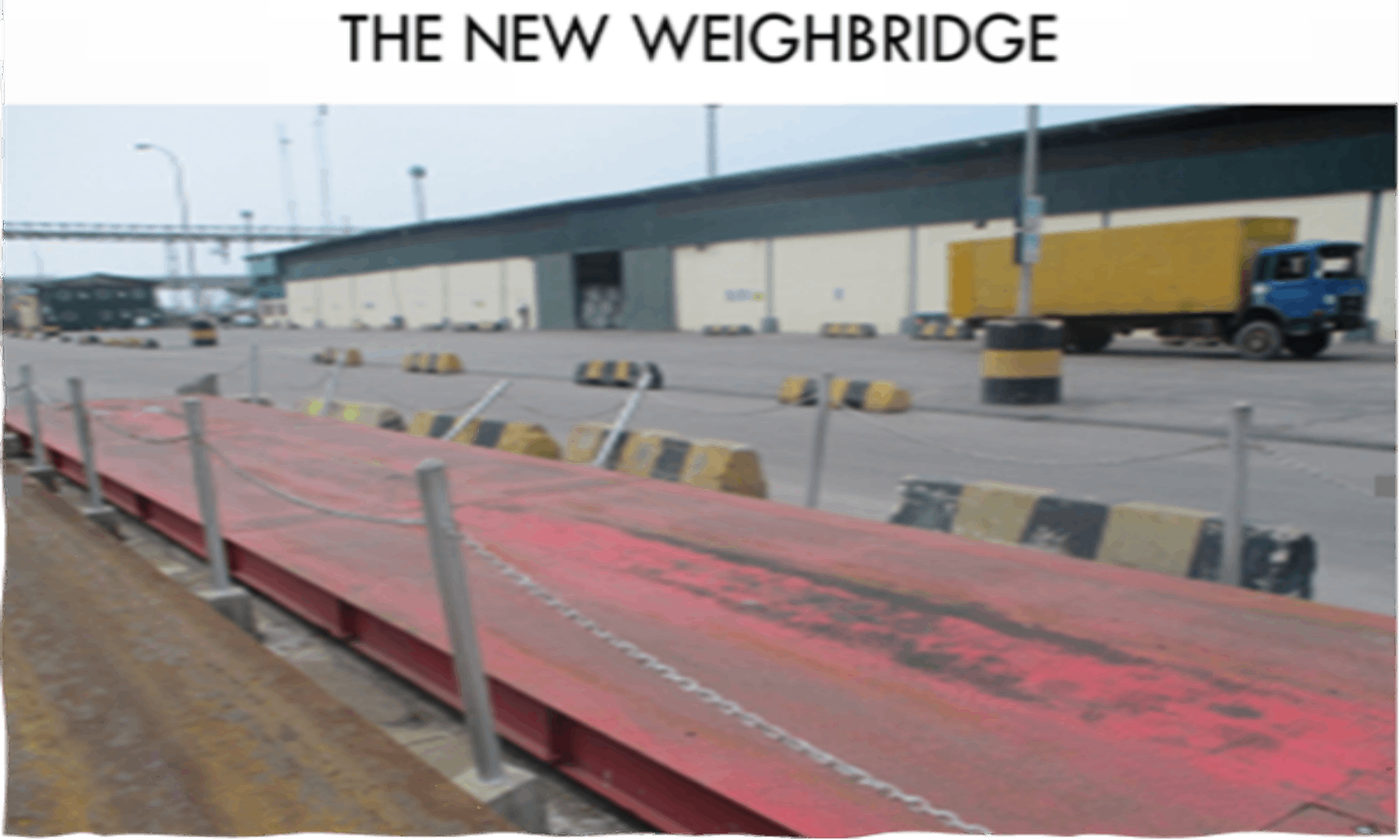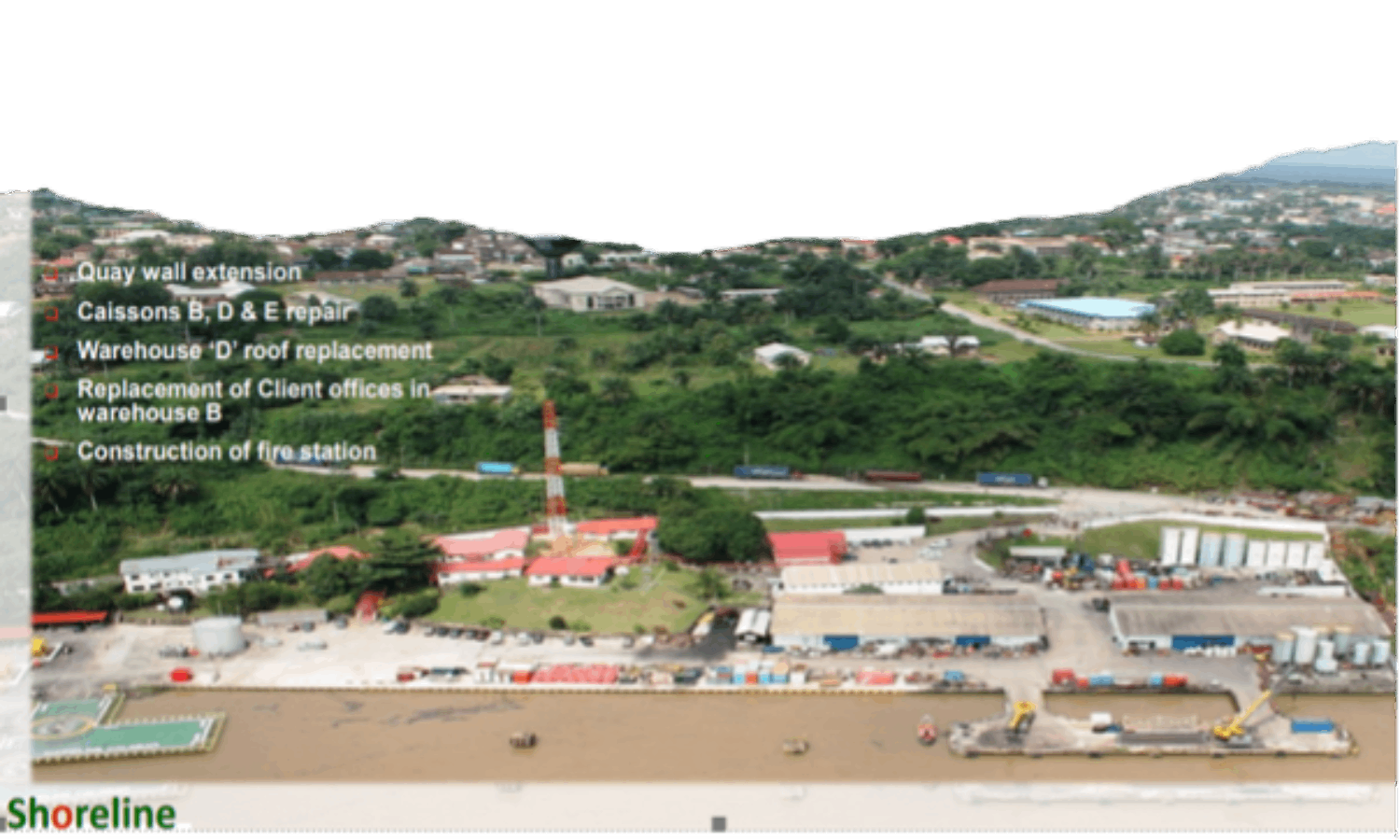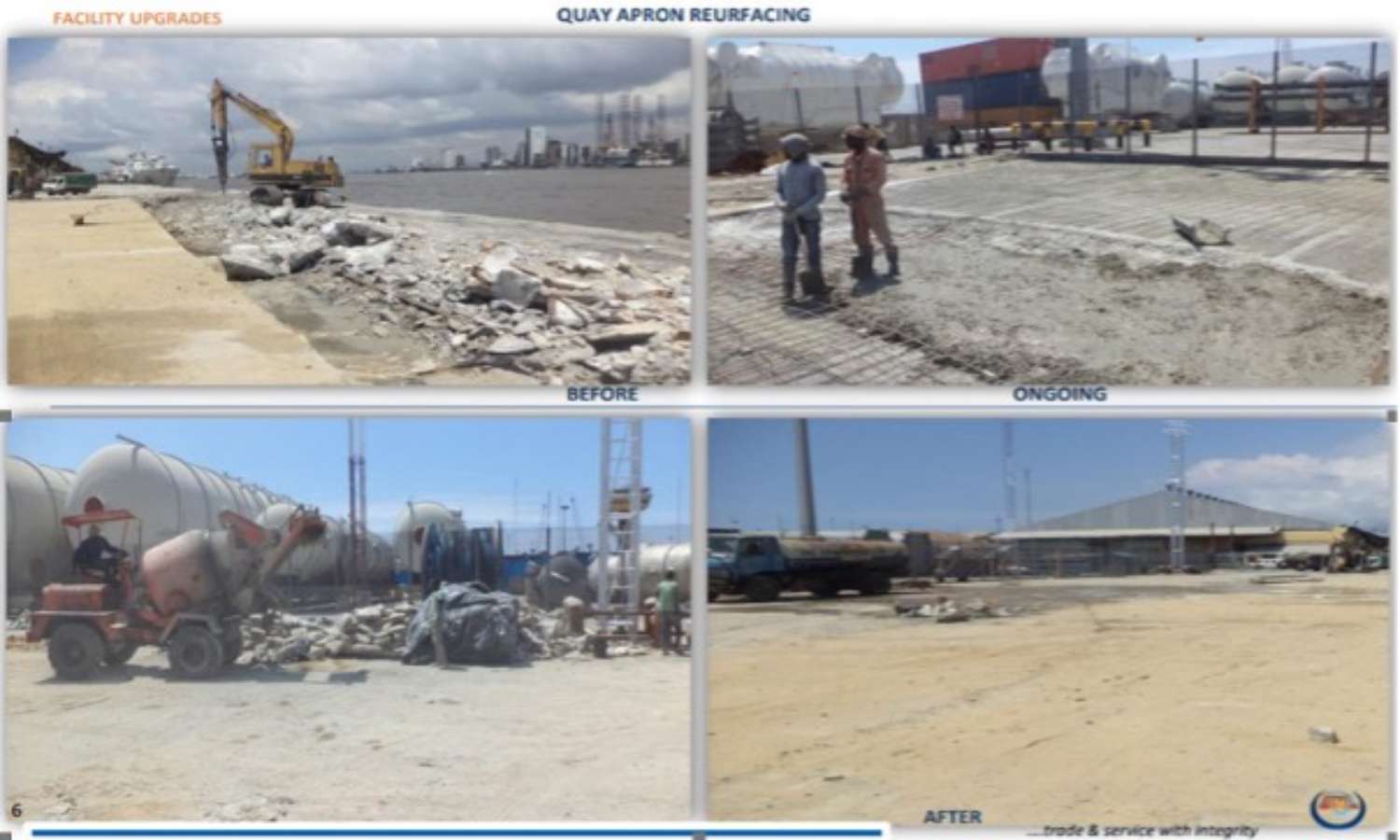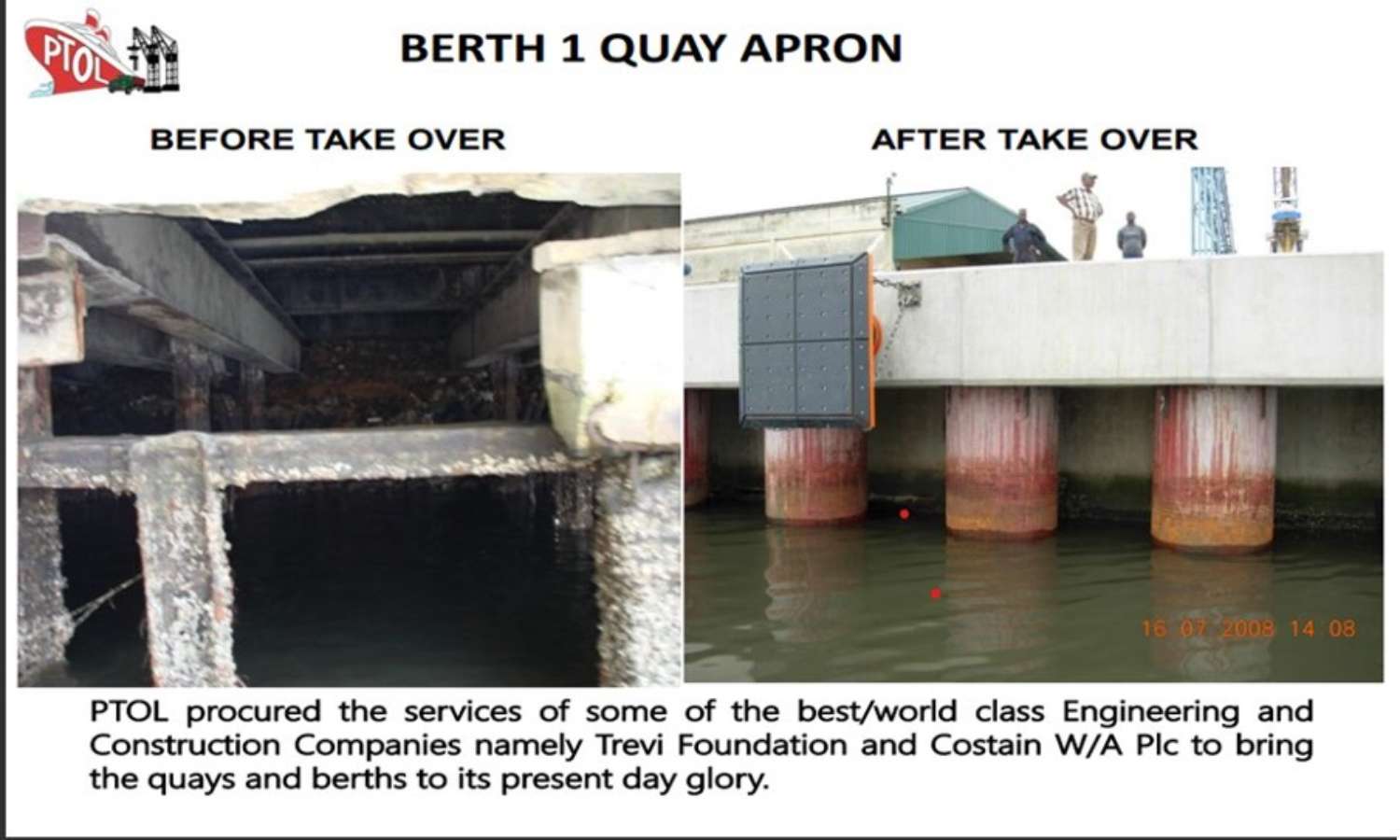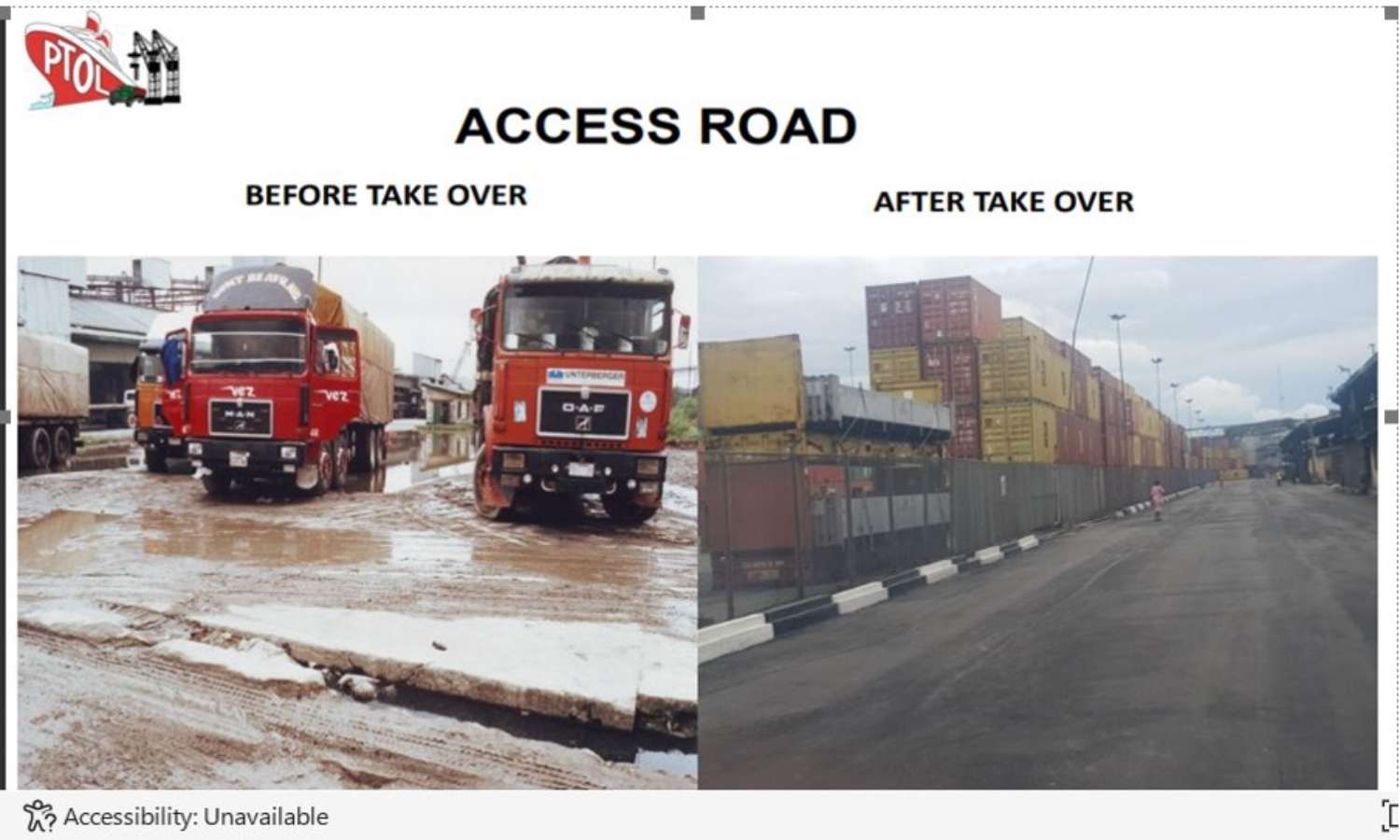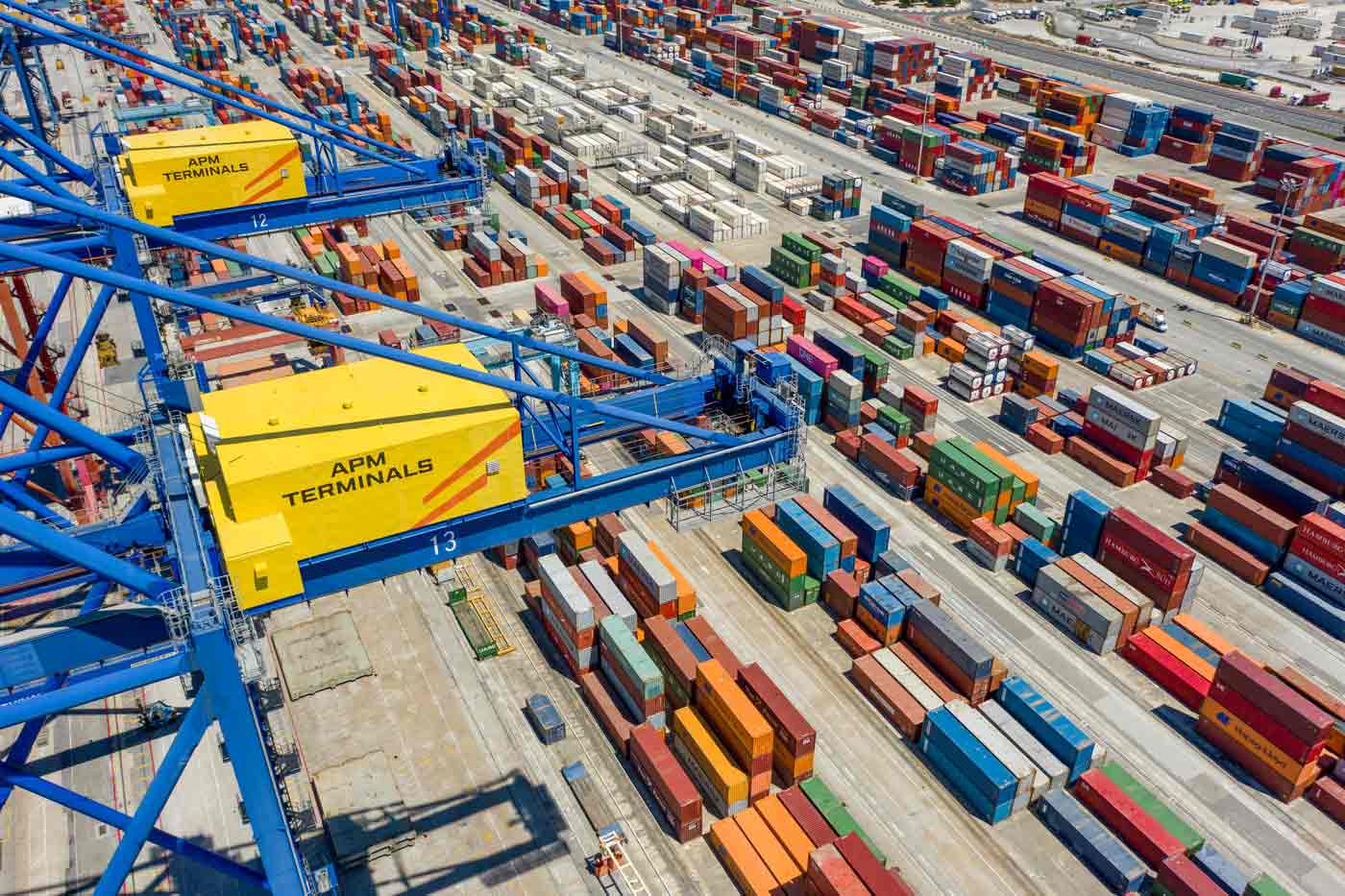
Nigeria’s ports and cargo sector has historically played a critical role in the country’s trade and economic growth, serving as the gateway for over 80% of imports and exports. Before reform, the sector was heavily centralised under the Nigerian Ports Authority (NPA), which managed both regulatory and operational functions. This arrangement created inefficiencies such as prolonged cargo clearance times, port congestion, inadequate infrastructure, and high operational costs.
By the late 1990s, Nigerian ports were among the least competitive in West Africa, with turnaround time for vessels averaging over 30 days compared to 7–10 days in neighboring countries. These challenges increased the cost of doing business and discouraged investment in the maritime industry.

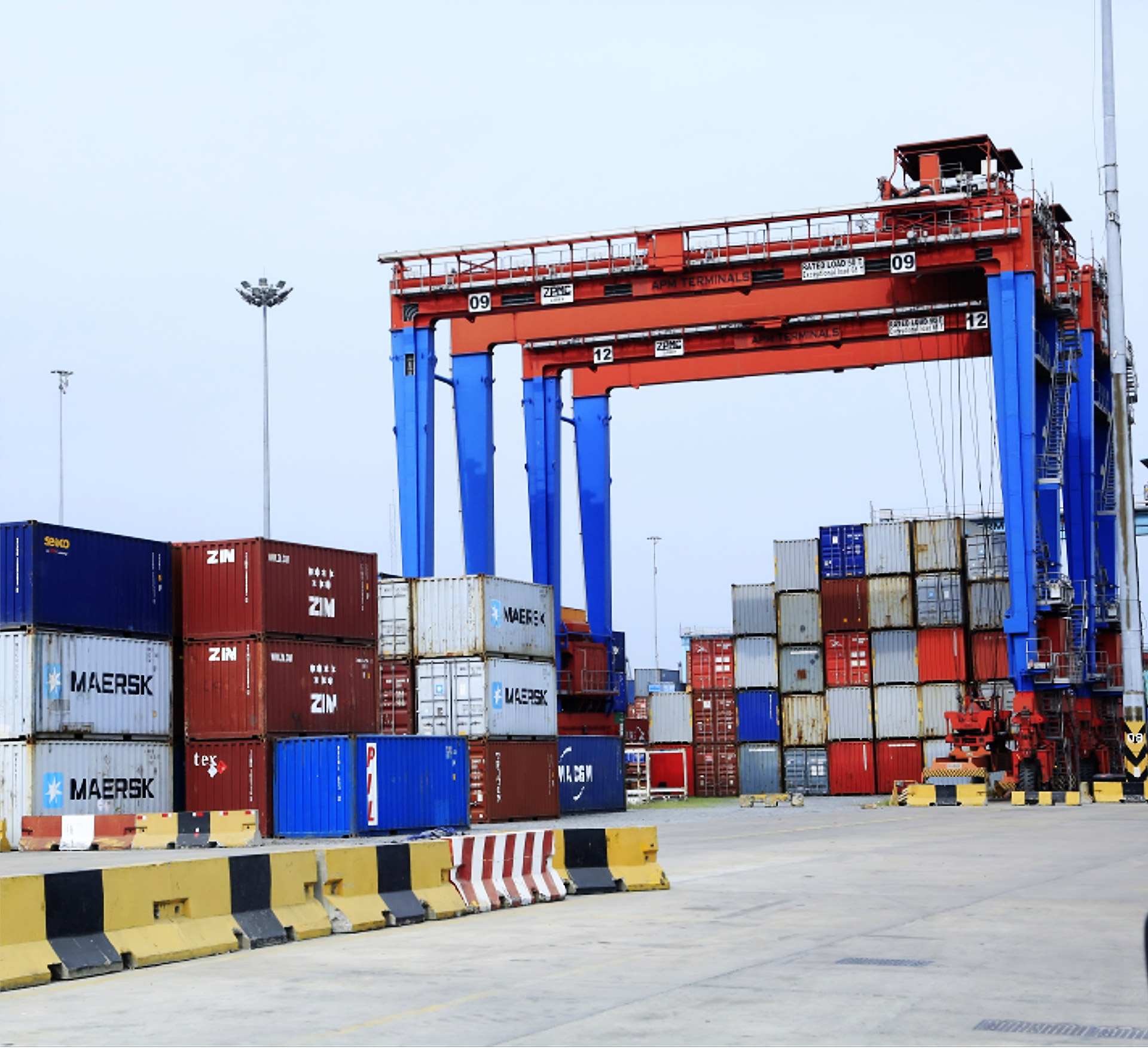
The Reform Process
To address inefficiencies and align with global best practices, the Bureau of Public Enterprises (BPE), in collaboration with the Federal Government, initiated a comprehensive port reform programme in the early 2000s.
The key steps in the reform process included:
Adoption of the landlord port model
Concessioning of port terminals
Private sector investment
Regulatory strengthening
This reform created a framework where the government focused on policy and oversight, while the private sector drove efficiency and competitiveness.
Transactions
- Ports operated under full government monopoly with outdated infrastructure.
- Vessel turnaround time averaged 30–40 days.
- Cargo clearance was cumbersome, often taking weeks.
- High port congestion and inefficiency led to diversion of cargo to neighboring countries’ ports.
- Limited investment in technology and modern handling equipment.
- Reduced turnaround time to an average of 7–10 days, enhancing trade efficiency.
- Over $1 billion in private investment in port infrastructure, cargo handling equipment, and ICT systems.
- Increased cargo handling capacity and improved service delivery.
- Enhanced revenue generation for government through concession fees and improved port tariffs.
- Nigeria’s ports became more competitive regionally, boosting investor confidence in the maritime sector.
- Creation of jobs and capacity development within the logistics and shipping value chain.
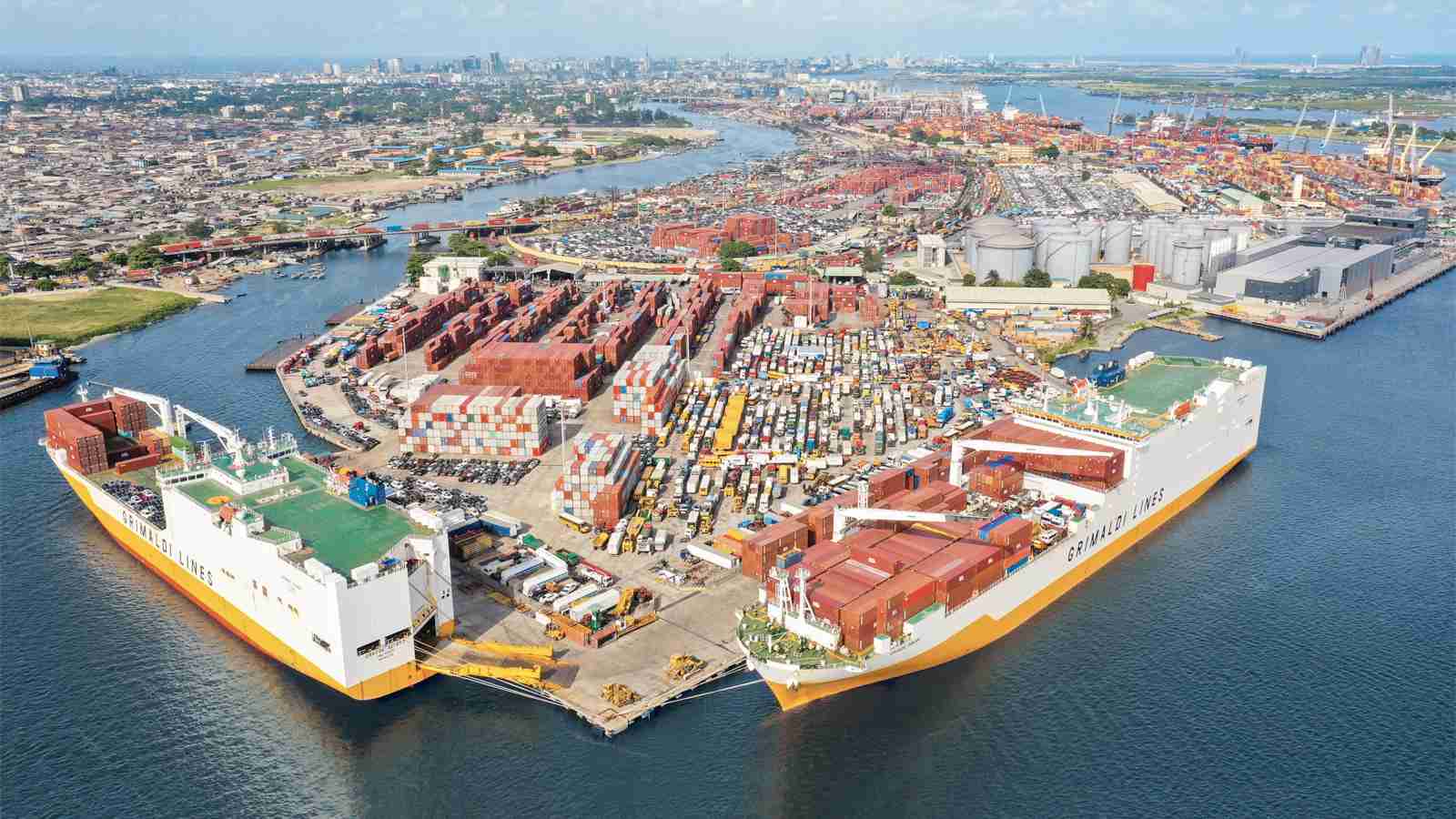
The reform of Nigeria’s ports and cargo sector transformed it from a government-run monopoly into a more efficient, private sector–driven system. By adopting the landlord port model and concessioning terminals, turnaround times dropped, investments flowed in, and competitiveness improved. Though further improvements in oversight and infrastructure are needed, the reforms have strengthened Nigeria’s position as a regional trade hub and laid a solid foundation for future growth.
